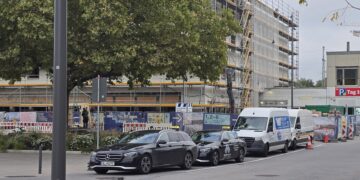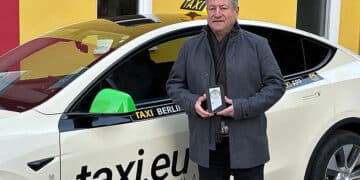Once every year, taxi regulators from the entire USA (plus a sprinkling of colleagues from Canada, Europe, the Middle East and Australia) network at the annual meeting of the International Association of Transportation Regulators (IATR).
This ‘biggest IATR conference ever’ (September 19-24, New Orleans) drew over 200 regulators who discussed topics ranging from apps (no surprise) to accessibility.
Somehow all topics had a link with either of these two big topics. Not just the conference programme –unfortunately marred by many time-overruns, an endemic IATR-disease- was juicy, so was the New Orleans-inspired evening programme, where the regulators ‘let the good times roll.’ The expected fireworks at the end of the conference fizzled out, due to the late start and the absence of speakers from apps Uber, Sidecar and Lyft.
Accessible apps
The often pro-deregulation Institute of Justice and the WINGZ-app had to hold up the side of the apps against heavy hitters from the taxi and FHV industry: Blair Davies (from the Australian taxi association ATIA), Bill Rouse (representing the US taxi association TLPA) and Richard Antonacci (medallion investors Signature Financial). One side claimed more (legal) room for apps and mobility innovations, whereas the other stressed the necessity of licensed drivers, vehicle checks and proper insurance.
US senator Tom Harkin, who campaigned for accessibility since the 60’s and helped to get the Americans with Disabilities Act (ADA) passed, reminded the conference that accessibility measures benefit many users of public transport. “Taxis and FHV –although exempt from the ADA legislation- need to be more accessible”, Harkin said. “New York is already aiming at having 50% of the taxi fleet accessible by 2020. Washington is also moving towards a similar goal. That means that Uber and Lyft must offer the same accessibility levels.” …
Read more at Taxi times Print-Issue.








